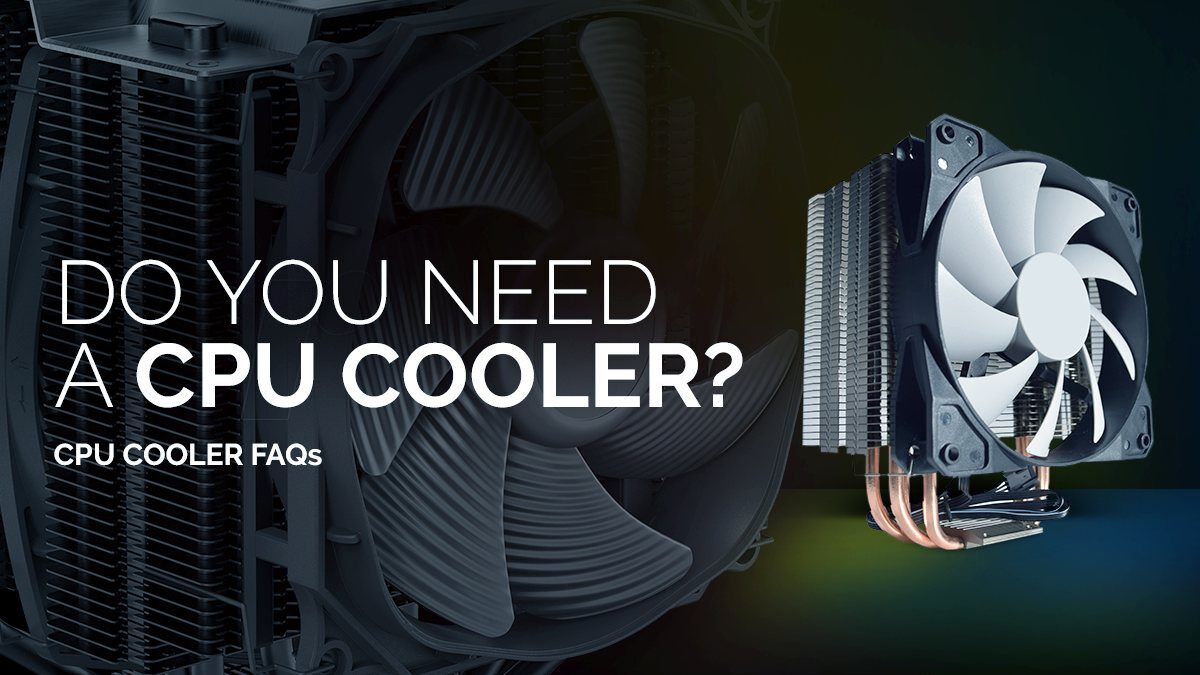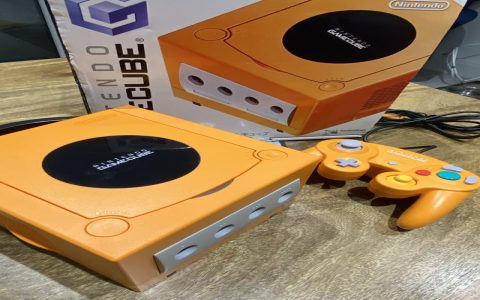Discovering a new CPU without a bundled cooler can be surprising, but several valid technical and market reasons explain this common practice.
CPU Tier & Thermal Design Power (TDP)
Higher-performance CPUs demand robust cooling. Flagship models often exceed 125W TDP, where budget air coolers are insufficient. Excluding a cooler prevents inadequate cooling setups and thermal throttling, pushing users toward high-quality third-party coolers necessary for stability and overclocking headroom.
Cost Reduction & Market Segmentation
Eliminating a cooler reduces the CPU's packaged cost significantly. This benefits users who will install premium cooling or purchase separately. Market segmentation strategies reserve boxed coolers for entry-level and mainstream parts, positioning cooler-less CPUs as premium.

Overclocking & Enthusiast Focus
Unlocked CPUs target enthusiasts who universally replace stock coolers with liquid cooling or massive air towers. Including an inadequate cooler adds unnecessary cost without utility. Manufacturers assume users demand custom thermal solutions.
OEM and System Integrator Sales
CPUs sold in bulk to PC builders ship without coolers. System integrators use case-specific or custom cooling. Retail SKUs for these chips mirror this packaging.
Extreme Low-Power / Specialized Chips
Certain embedded or ultra-low-power mobile-derived desktop chips may passively cool or rely solely on chassis airflow. Bundling an active cooler would be redundant.
Purchasing Without a Cooler: What It Means
Always verify retail packaging before purchase. High TDP chips won't include coolers. Exceptions apply for select mid-range models. Research is essential:
- Check Specifications: Confirm TDP ratings on manufacturer product pages.
- Review Retail Listings: Understand the cooling solution provided, if any.
- Plan Cooling Budget: Factor cost of suitable third-party cooling into builds.











